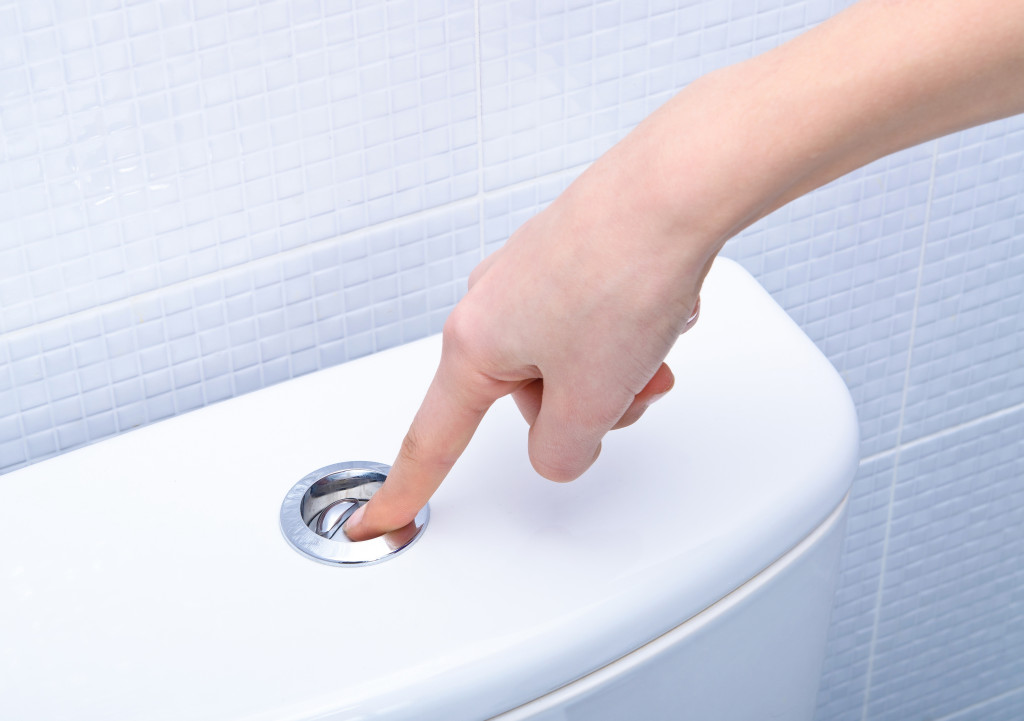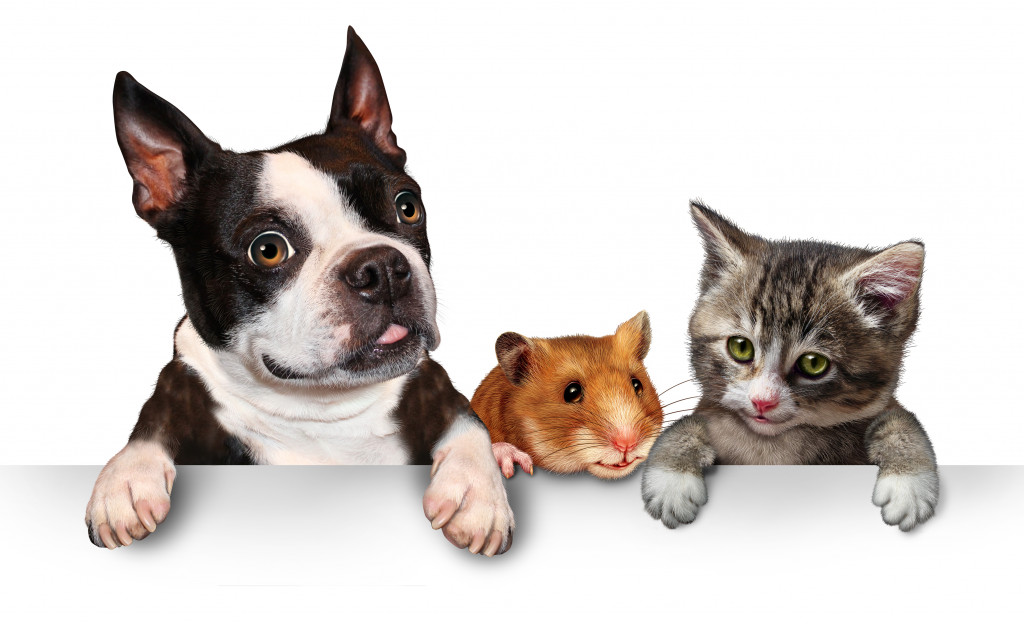It is not uncommon in today’s households that pets are not treated as just another animal to take care of. The majority of the 164 million Americans who own a pet or more consider these creatures part of the family, even spending more for them on food, toys, and health products.
In 2019, pet owners all over the country spent a total of 95.7 billion on pet products. It goes to show how much people love their animal companions. Nonetheless, only a few of us actually think about our pets’ risks and hazards they are likely to experience at home.
Common Household Hazards for Pets
Your typical home contains a lot of things that could potentially harm your beloved pet. It could be rusty old razors, chocolate bits, garden fertilizer, batteries, and other household products. With their curious nature, laying these seemingly harmless items all over your house could mean a trip to the vet.
When you decide to own a pet, it comes with the duty that you must provide a safe home environment for them. Take time to learn about the common household hazards that could hurt them. Even essential oils you use in your humidifier could cause aspiration pneumonia and liver damage.
Apart from that, your home’s interior design and architectural structure could also pose a threat to our pet’s safety. Leaky and broken pipes that cause indoor flooding could expose them to harmful microbes and drown your pets. To avoid that, have your well pumps checked regularly.
How to Pet-Proof Your Home
Just as you would baby-proof your home for your small children, so too that you have to ensure that your pet can run around freely without any potential hazards on their way. Though there is no one-size-fits-all solution, these tips will give you an idea of how to make your home pet-proofed.
Cabinets
Your cabinets contain items that could cause problems to your pet, ranging from poisonous cleaning products to expensive glassware. Although most pets cannot open cabinet doors, if you end up with a clever one, then you have to put on measures to prevent your pet from gaining access to the contents of your cabinets. A simple child cabinet lock could solve this problem.
Garbage
Your garbage bin is another potential threat to the health and safety of your pets. Besides the fact that your garbage can contain food items that are harmful to your pets, it also contains bottle caps, plastic bags, and other small items that could be a choking hazard.
One easiest solution is to invest in a heavier garbage bin because it is more difficult to topple over. Another remedy is to opt to purchase trash bins that have specialized lids. You can also place your garbage bins beneath the kitchen sink to ensure your pet cannot access it.
Electrical Cords
Your furry friends tend to chew on things, including electrical cords. Though damaged cords are in itself a frustration, the bigger risk is that your pets might get electrocuted when they chew on electrical cords. To prevent this from happening, keep all the cords off the grounds as much as possible.
Toilet Water

Although some pet owners find it amusing, allowing your pets to drink toilet water is not at all safe. We often use toxic chemicals to remove dirt and stains on your toilet, and our pets could ingest them. Moreover, it is straight out unhygienic. Your pets also run the risk of drowning in case they slip and fall on the toilet bowl.
One simple solution is to always fill their bowls with clean water to prevent your pets from ingesting toilet water. That way, they will not be tempted. Consider as well keeping your toilet lids closed after using the bathroom. Or keep your bathroom doors closed all the time.
Fire Pits
Fire pits have become more popular as younger homeowners prefer to maximize the use of their outdoor living spaces. Since our pets naturally would want to be present where we are in any part of the house, extra measures should be taken to make sure they are safe around fire pits.
When gathered around the fire pit with your family or friend, make sure that you keep the fire in control and you restrain your pets from preventing them from getting close to the fire. Make sure as well to completely extinguish the fire after using the fire pit to prevent accidental burns.
Plants
House plants can also be a hazard for your pets. If you do enough research, you will find out that there are plenty of seemingly harmless indoor plants that are actually poisonous to animals if ingested. These include aloe vera, asparagus fern, chives, and chrysanthemum.
Having pets is not an easy responsibility. Nonetheless, the efforts you put into taking care of them is rewarding. Follow these tips to ensure they live in a safe and comfortable home.

